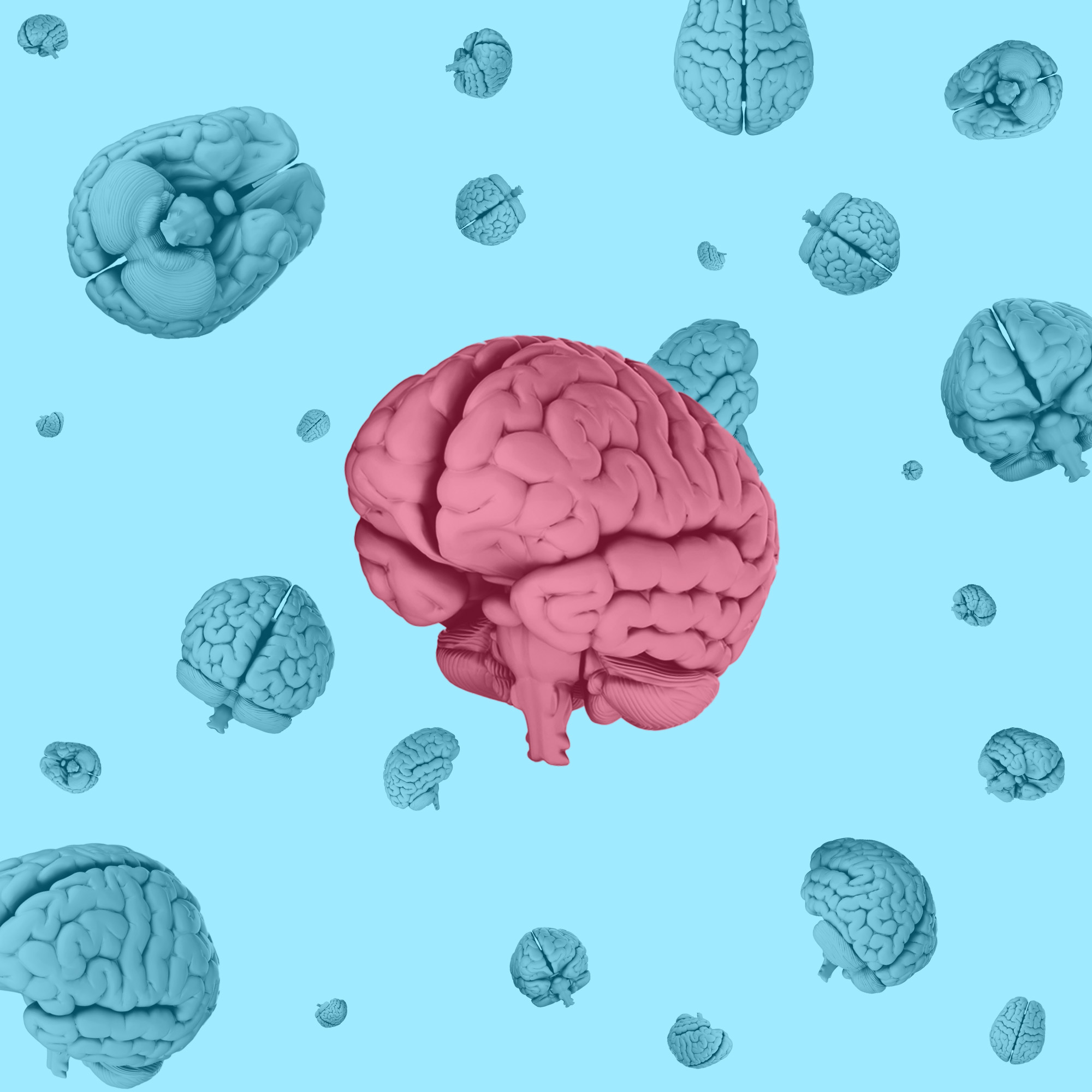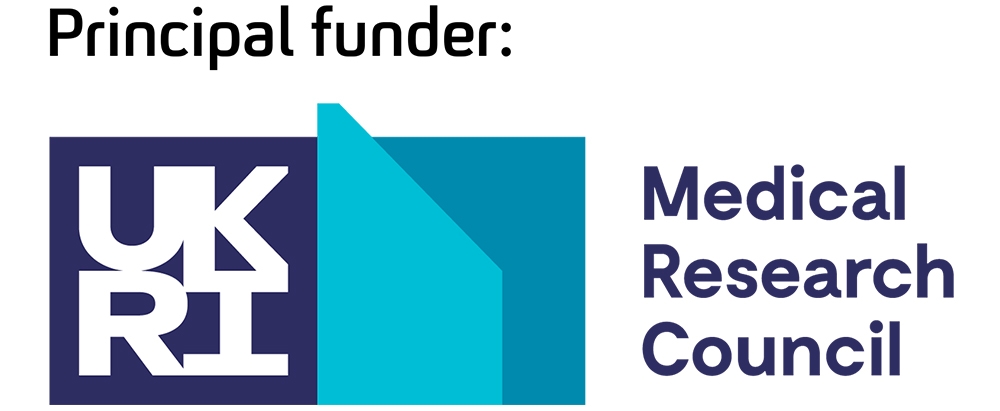Over two afternoons during this year’s World Alzheimer’s Month, the UK DRI hosted its first mini-conference designed specifically for secondary school students interested in neuroscience careers and research.
The live webinar featured five fascinating researcher talks, and students were given a virtual tour inside UK DRI Centres in a series of ‘follow-me-around-the-lab’ videos produced by early career researchers. PhD Student, Sophie Sanford (UK DRI at Cambridge) discusses her motivations for organising the event, a review of the sessions and the impact for student attendees.
One of the key reasons I wanted to organise this student conference was because I believe there is real value in being introduced to a role model who you can relate to, whether it be race, gender, ethnicity or background.
In July 2020, following the Black Lives Matter protests, a group of staff and researchers at the UK DRI set up the Diversity and Inclusion Think Tank. It brought together a community to discuss and share ideas of how to promote inclusivity and diversity both within and outside of the UK DRI. When I joined the Think Tank, I knew that reaching out to young people was a priority as these issues are systemic and begin at the earliest stages of higher education – in 2019-20, only 9.7% of UK undergraduate university entrants were black and only 10% of life science professionals are from a working-class background. Having a diverse academic workplace is so important: to reflect and represent our society, helping ensure different perspectives are considered and stimulate new breakthrough ideas in research.
As a female PhD student of mixed East Asian descent, seeing dementia researchers who look ‘like me’ in positions of leadership has been rare. Those I have heard from, or been lucky enough to work with, have left a powerful and long-lasting impression on me, both throughout my time at school and university. Moreover, whilst I had the privilege to undertake work experience in a laboratory and witness the day-to-day of a biomedical researcher, many secondary school students are still unable to have this experience due to factors such as funding, logistics or the Covid-19 pandemic.
I have been extremely pleased with how the first conference went, particularly seeing those who attended, where they were from (from Preston – to Edinburgh – to Egypt!) and their feedback. Across the two afternoons we had 240 viewers in total. When asked before and after the event whether they ‘knew how to become a scientific researcher’, the percentage of students who agreed increased from 40% to 80%. Additionally, those that agreed that they ‘knew what was involved in dementia research’ jumped remarkably from just under 30% to 96% as result of the event. It was pleasing to see that 98% of attendees said they would recommend the symposium to other students.


